

Expansion bolts for concrete are anchors designed to secure fixtures into concrete. They function by expanding within a pre-drilled hole, creating a tight friction fit that resists pull-out forces. This guide covers types, installation, load capacity, and frequently asked questions to help you choose the right bolt for your project. For high-quality concrete anchors, explore options at Hebei Muyi Import&Export Trading Co.,Ltd.Understanding Expansion Bolts for ConcreteWhat are Expansion Bolts for Concrete?Expansion bolts for concrete, also known as concrete anchors, are specialized fasteners used to attach objects securely to concrete surfaces. Unlike screws or nails, which rely on gripping the material directly, expansion bolts utilize a mechanical expansion mechanism to create a strong, reliable hold. This mechanism typically involves a sleeve or cone that expands when the bolt is tightened, pressing against the walls of the pre-drilled hole and generating significant friction.How do Expansion Bolts for Concrete Work?The basic principle behind expansion bolts for concrete is friction. A hole is drilled into the concrete, and the anchor is inserted. As the bolt or nut is tightened, a cone or sleeve is drawn into the body of the anchor, causing it to expand outwards. This expansion creates pressure against the concrete walls, resulting in a secure grip. The holding power of the anchor depends on several factors, including the size and type of anchor, the strength of the concrete, and the depth of the hole.Types of Expansion Bolts for ConcreteChoosing the right type of expansion bolts for concrete is crucial for ensuring a secure and long-lasting connection. Here are some common types:Sleeve AnchorsSleeve anchors are among the most versatile and widely used types of expansion bolts for concrete. They consist of a bolt, a sleeve, a nut, and a washer. When tightened, the sleeve is drawn into the concrete, expanding and gripping the sides of the hole. They offer good holding power in a variety of concrete strengths.Pros: Easy to install, readily available, suitable for many applications.Cons: Can be susceptible to corrosion in wet environments (stainless steel versions available).Typical Applications: Securing ledgers, railings, and other fixtures to concrete walls.Wedge AnchorsWedge anchors are heavy-duty expansion bolts for concrete designed for high-load applications. They consist of a bolt, a clip, and a washer. When tightened, the clip expands and wedges itself against the sides of the drilled hole. Wedge anchors provide excellent pull-out resistance.Pros: High holding power, resistant to vibration, suitable for heavy loads.Cons: Requires precise hole drilling, more expensive than sleeve anchors.Typical Applications: Structural connections, machinery anchoring, and heavy equipment mounting.Drop-In AnchorsDrop-in anchors are internally threaded anchors that are set flush with the concrete surface. A setting tool is used to expand the anchor within the hole. They are suitable for applications where a flush finish is desired.Pros: Flush installation, suitable for threaded rod applications.Cons: Requires a specialized setting tool, limited load capacity compared to wedge anchors.Typical Applications: Suspending ceilings, installing sprinkler systems, and attaching electrical conduits.Hammer Drive AnchorsHammer drive anchors are lightweight expansion bolts for concrete ideal for light-duty applications. They consist of a pin and a body. The pin is hammered into the body, causing it to expand and grip the concrete. Pros: Quick and easy installation, low cost.Cons: Limited holding power, not suitable for heavy loads.Typical Applications: Attaching furring strips, mounting signs, and securing light fixtures.Installation Guide for Expansion Bolts for ConcreteProper installation is critical to achieving the full holding power of expansion bolts for concrete. Here's a general guide:Drill the Hole: Use a hammer drill and a carbide-tipped drill bit of the correct diameter (refer to the anchor manufacturer's specifications). Drill the hole to the required depth.Clean the Hole: Thoroughly clean the hole of dust and debris using a wire brush and compressed air. This is crucial for proper anchor engagement.Insert the Anchor: Insert the expansion bolt for concrete into the hole. For drop-in anchors, use the appropriate setting tool to expand the anchor.Tighten the Bolt: Tighten the bolt or nut to the manufacturer's specified torque. This will ensure proper expansion and grip.Load Capacity of Expansion Bolts for ConcreteThe load capacity of expansion bolts for concrete depends on several factors, including: Anchor Type and Size: Larger anchors and different anchor designs offer varying load capacities. Concrete Strength: Higher concrete strength generally results in higher load capacity. Embedment Depth: Deeper embedment typically provides greater pull-out resistance. Edge Distance and Spacing: Anchors placed too close to an edge or too close together may have reduced load capacity.Always consult the manufacturer's specifications for the allowable load capacity of the specific expansion bolts for concrete you are using. These specifications are usually found on the product packaging or on the manufacturer's website. For example, according to Powers Fasteners, a 1/2' Power-Stud+ SD1 anchor embedded 3' into 3000 psi concrete has an allowable tension load of 1225 lbs and an allowable shear load of 1180 lbs. Anchor Size Concrete Strength (psi) Embedment Depth (in) Allowable Tension Load (lbs) Allowable Shear Load (lbs) 1/2' ' /4' ' Disclaimer: Load capacities are approximate and vary by manufacturer. Always consult manufacturer's data sheets.Frequently Asked Questions about Expansion Bolts for ConcreteCan I reuse expansion bolts for concrete?No, expansion bolts for concrete are generally not reusable. Once an expansion bolt has been expanded, it is difficult to remove without damaging the anchor or the concrete. Furthermore, the expansion mechanism may be compromised after the initial use, reducing its holding power. It is always recommended to use new anchors for each installation.What happens if I overtighten an expansion bolt for concrete?Overtightening an expansion bolt for concrete can damage the anchor or the concrete, reducing its holding power. It can also strip the threads on the bolt or nut. Always tighten the bolt to the manufacturer's specified torque.How do I remove a stuck expansion bolt for concrete?Removing a stuck expansion bolt for concrete can be challenging. Here are a few methods you can try: Cut the Bolt: If possible, cut the bolt flush with the concrete surface using a hacksaw or angle grinder. Use a Bolt Extractor: A bolt extractor is a specialized tool designed to grip and remove damaged or broken bolts. Drill it Out: As a last resort, you can try drilling out the anchor. Start with a small drill bit and gradually increase the size until the anchor is removed. Be careful not to damage the concrete.If you are unable to remove the anchor yourself, consult with a professional.Can I use expansion bolts for concrete in brick or block?While expansion bolts for concrete can sometimes be used in brick or block, it is generally not recommended. Brick and block are typically weaker than concrete, and the expansion forces of the anchor can crack or damage the material. For brick and block, it is better to use specialized anchors designed for these materials, such as sleeve anchors with shorter embedment depths or adhesive anchors.Choosing the Right Expansion Bolts for Concrete for Your ProjectSelecting the appropriate expansion bolts for concrete involves careful consideration of several factors:Load Requirements: Determine the weight and forces that the anchor will need to support. Select an anchor with a load capacity that meets or exceeds these requirements.Concrete Type and Strength: Consider the type and strength of the concrete. Different anchors are designed for different concrete strengths.Environmental Conditions: If the anchor will be exposed to moisture or corrosive elements, choose a corrosion-resistant anchor, such as stainless steel.Installation Considerations: Consider the ease of installation and the tools required.Aesthetics: If a flush finish is desired, choose a drop-in anchor.By carefully considering these factors, you can choose the right expansion bolts for concrete for your project and ensure a secure and long-lasting connection. Contact us at Hebei Muyi Import&Export Trading Co.,Ltd for assistance in selecting the perfect anchor for your needs.

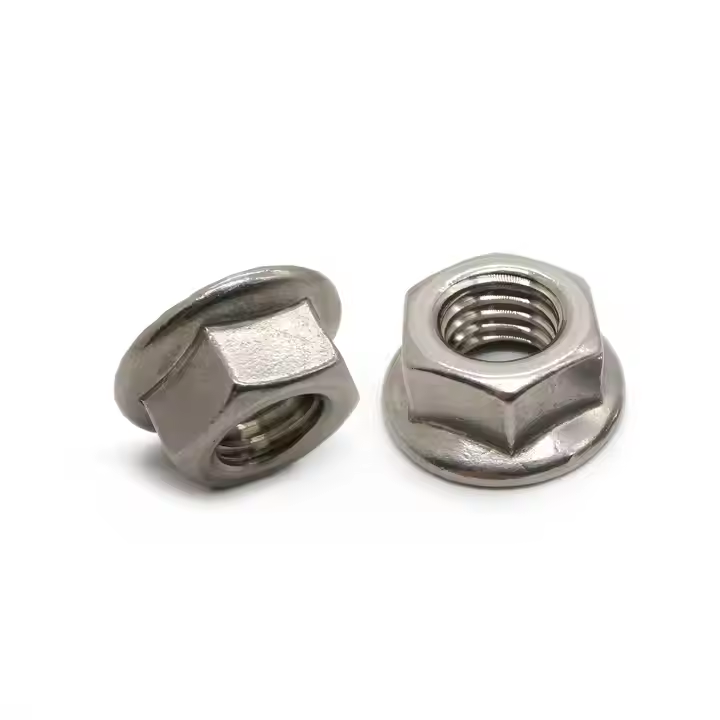
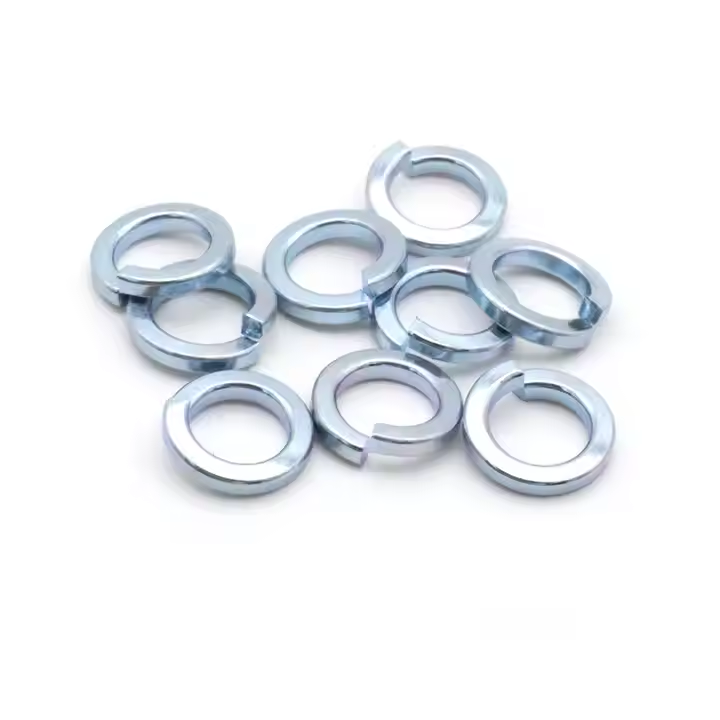
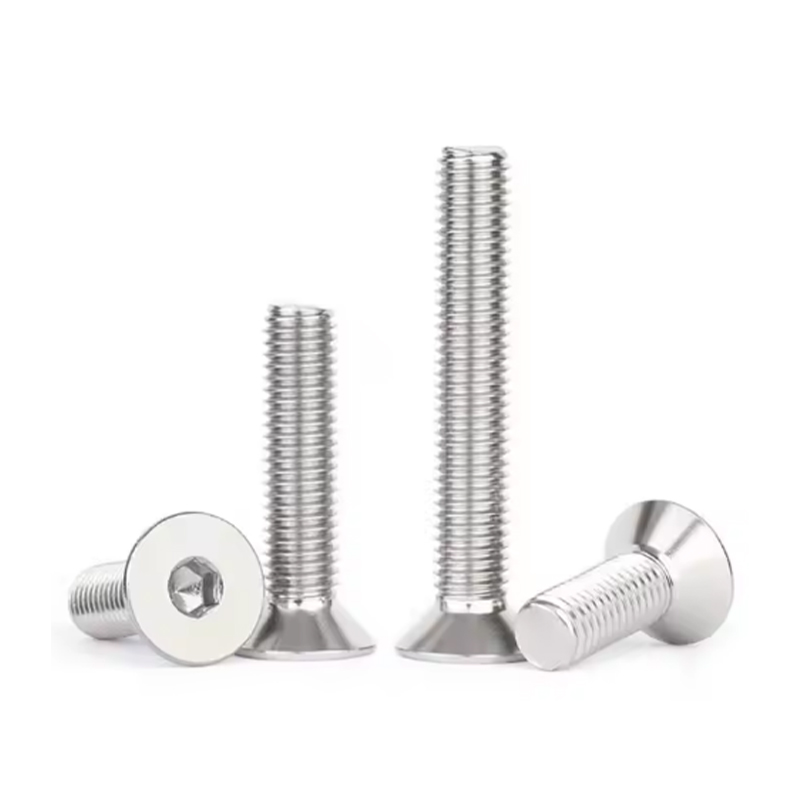
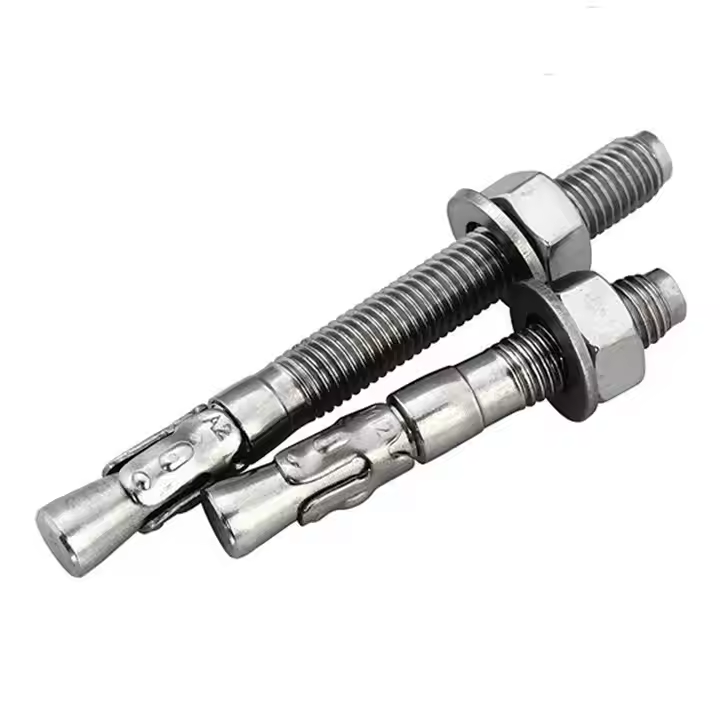
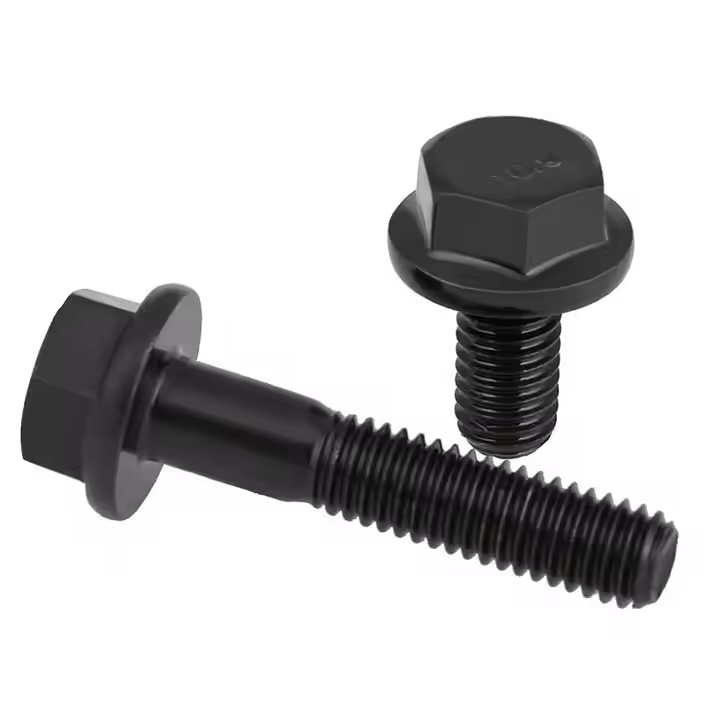
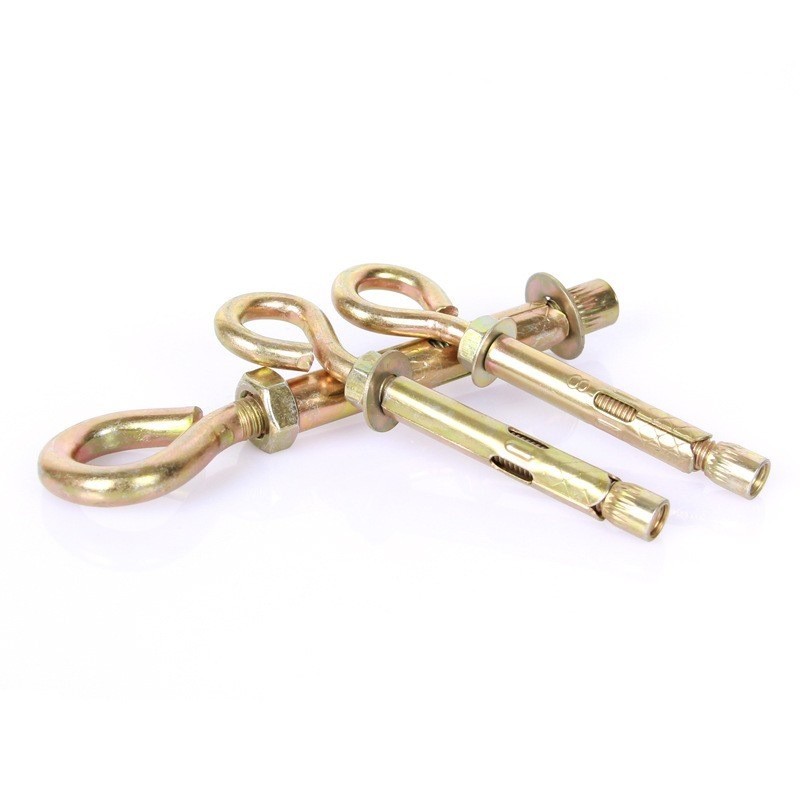
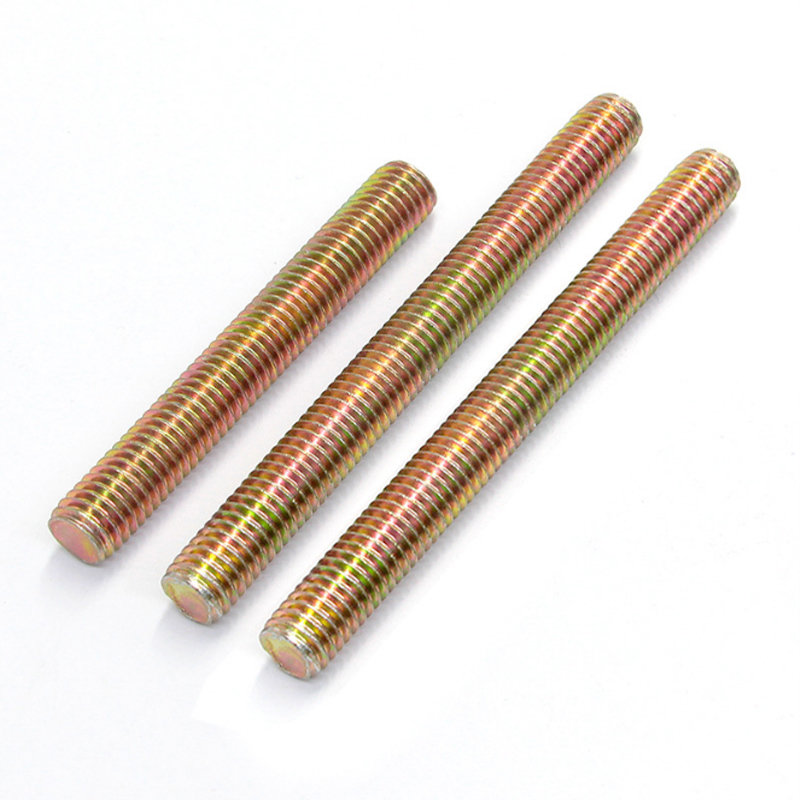
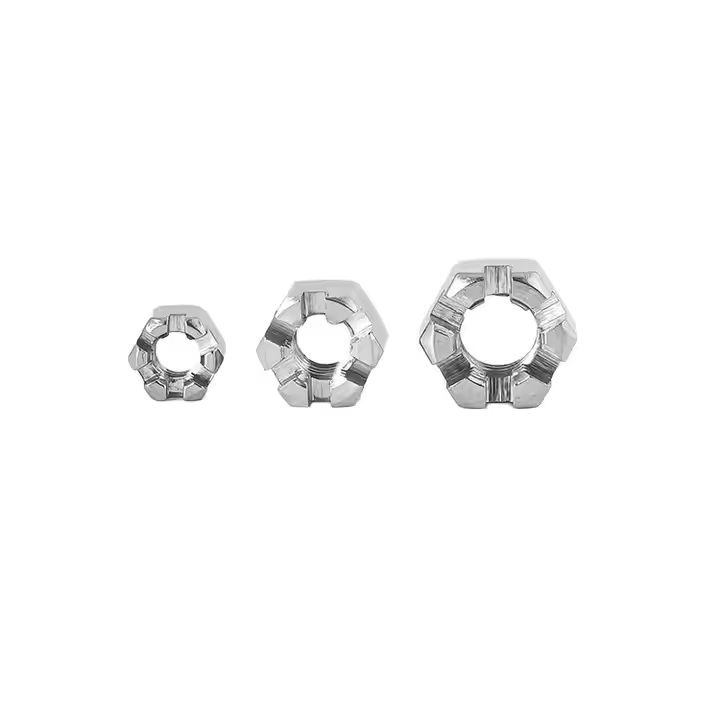
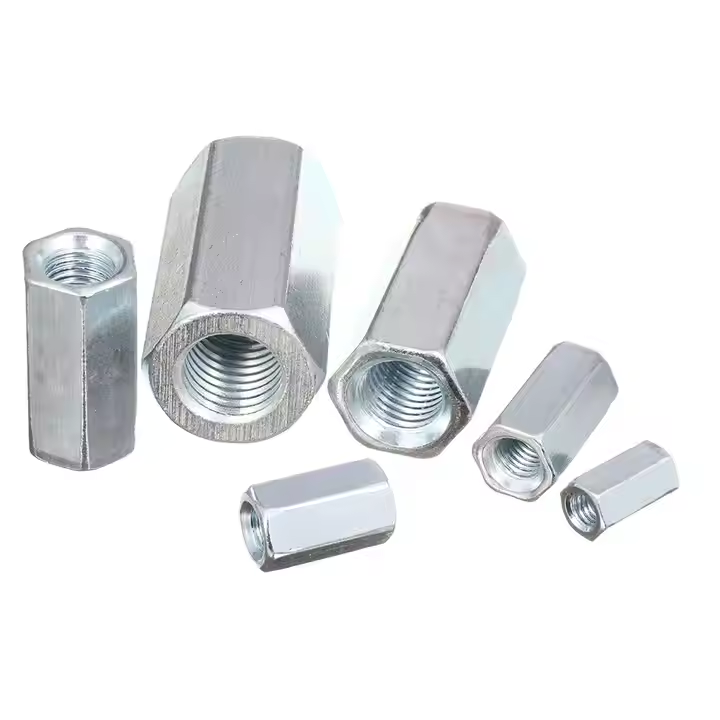

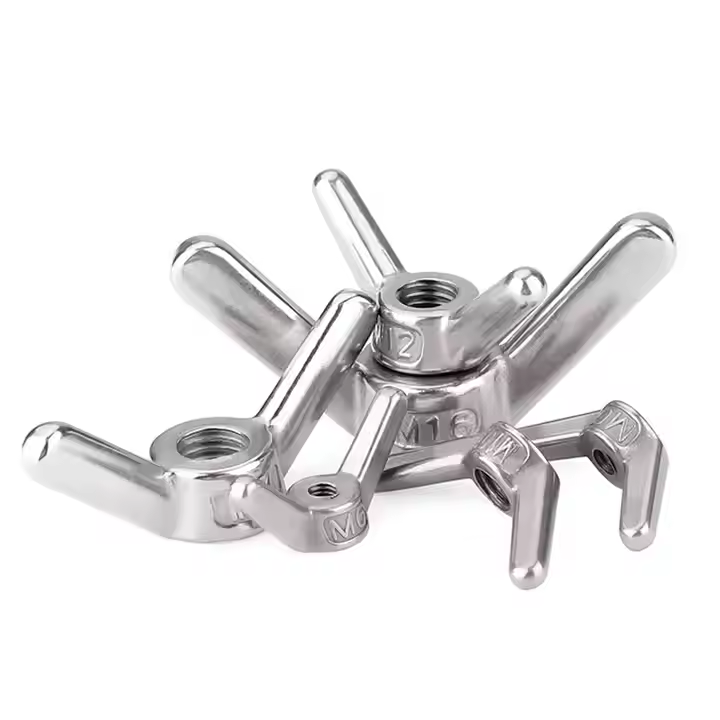
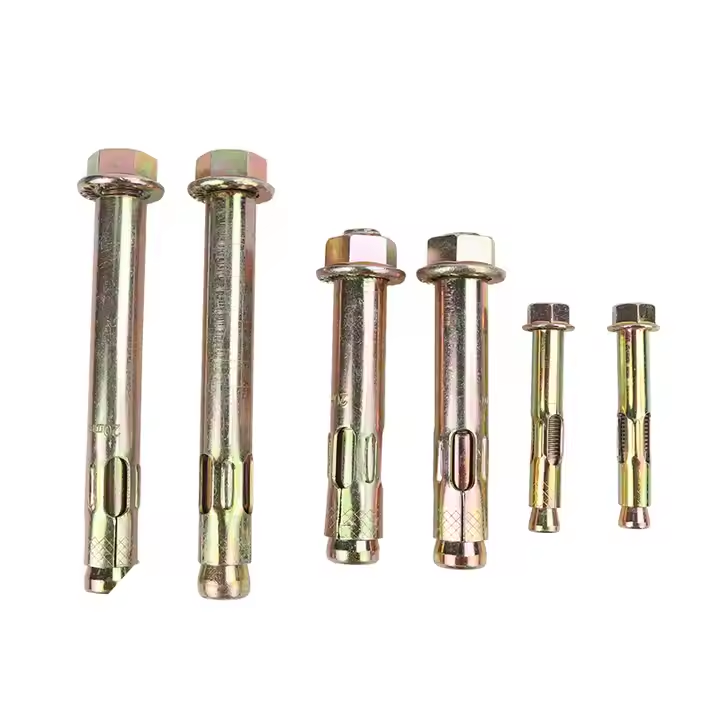
Please enter your email address and we will reply to your email.